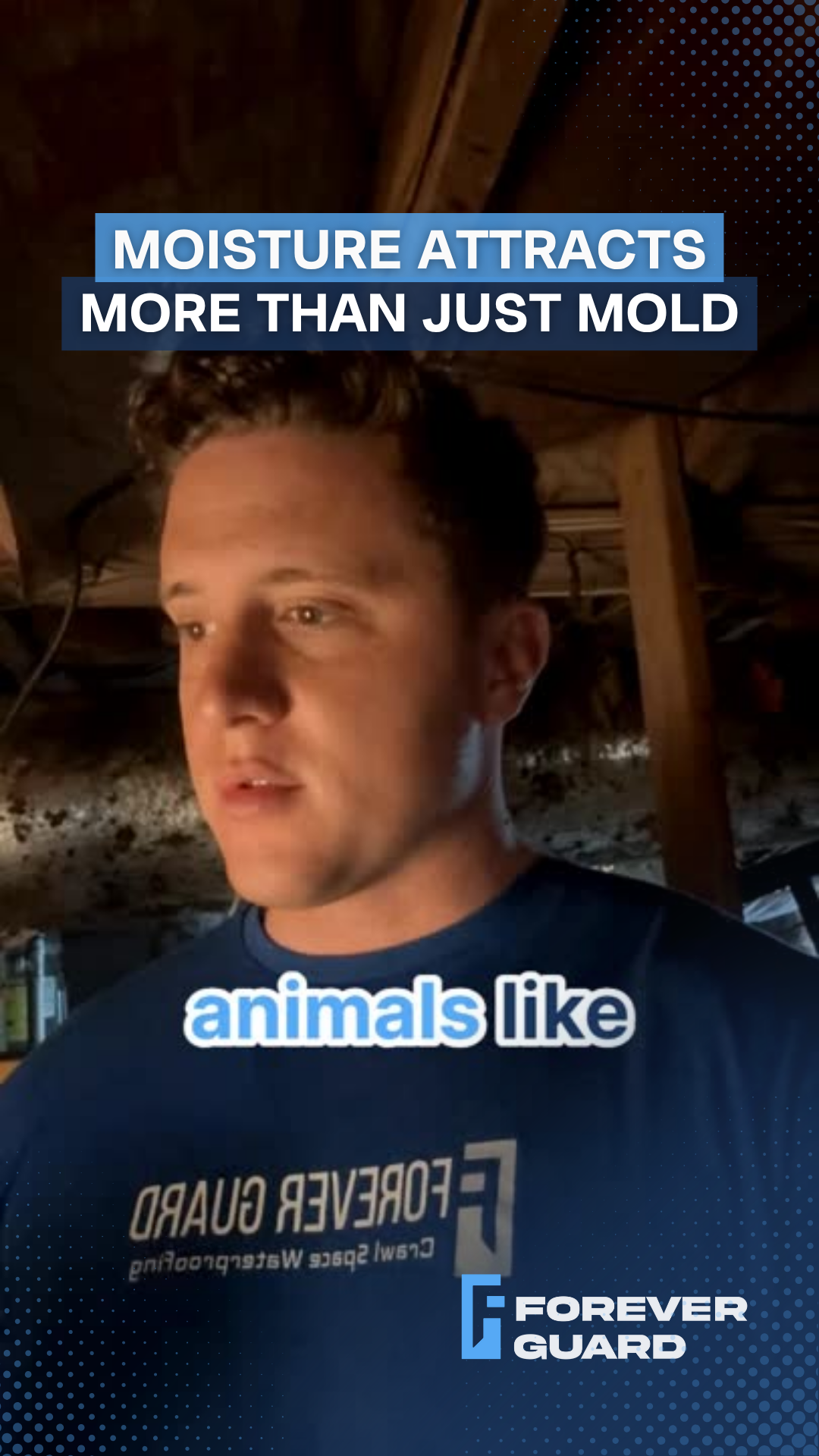Blog

During a recent inspection in Knoxville, I found something that makes every professional cringe: insulation installed completely upside down in a crawl space. The manufacturer prints clear instructions right on the material - "Do not leave facing exposed. The facing must be installed in contact with the ceiling, wall,

During a recent inspection in Knoxville, I found something that's becoming all too common: a crawl space that had become prime real estate for local wildlife. Possums and raccoons had torn down insulation to create comfortable nesting sites. But here's the thing - these animals weren't just looking for shelter. They we

During an inspection today, I discovered something that caught my attention - a homeowner who'd installed WiFi hygrometers throughout their crawl space. The readings? Above 90% relative humidity through spring, summer, and fall. Those numbers told me exactly what I'd find before I even looked around.

During a recent inspection of a new home, I discovered something that every homeowner needs to know about. The crawl space looked clean and proper at first glance - fresh gravel spread evenly across the ground. But that neat appearance was hiding a serious problem.
Here's the truth: builders often use gravel backfill






